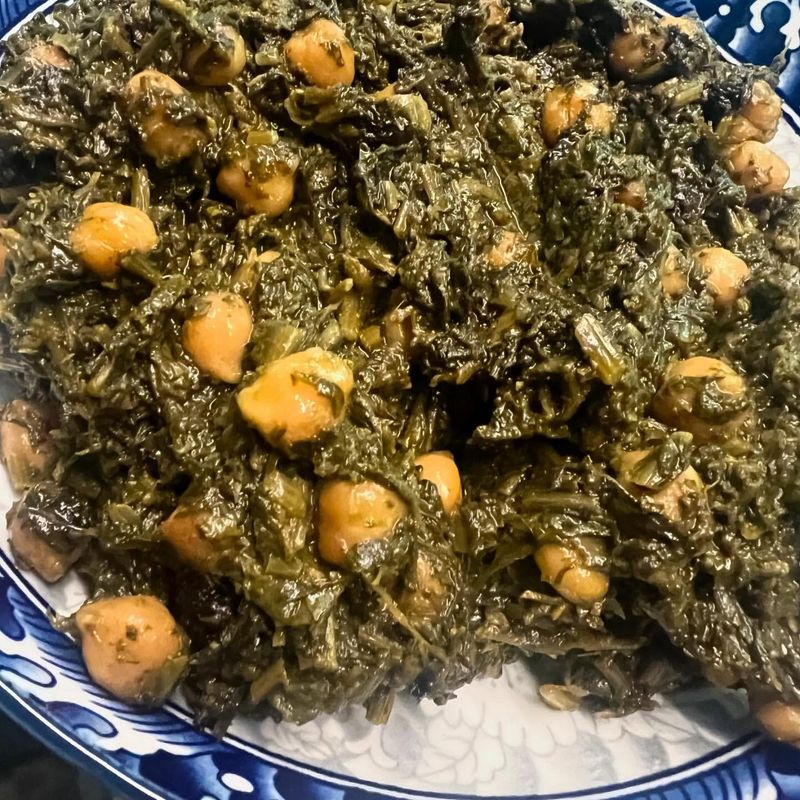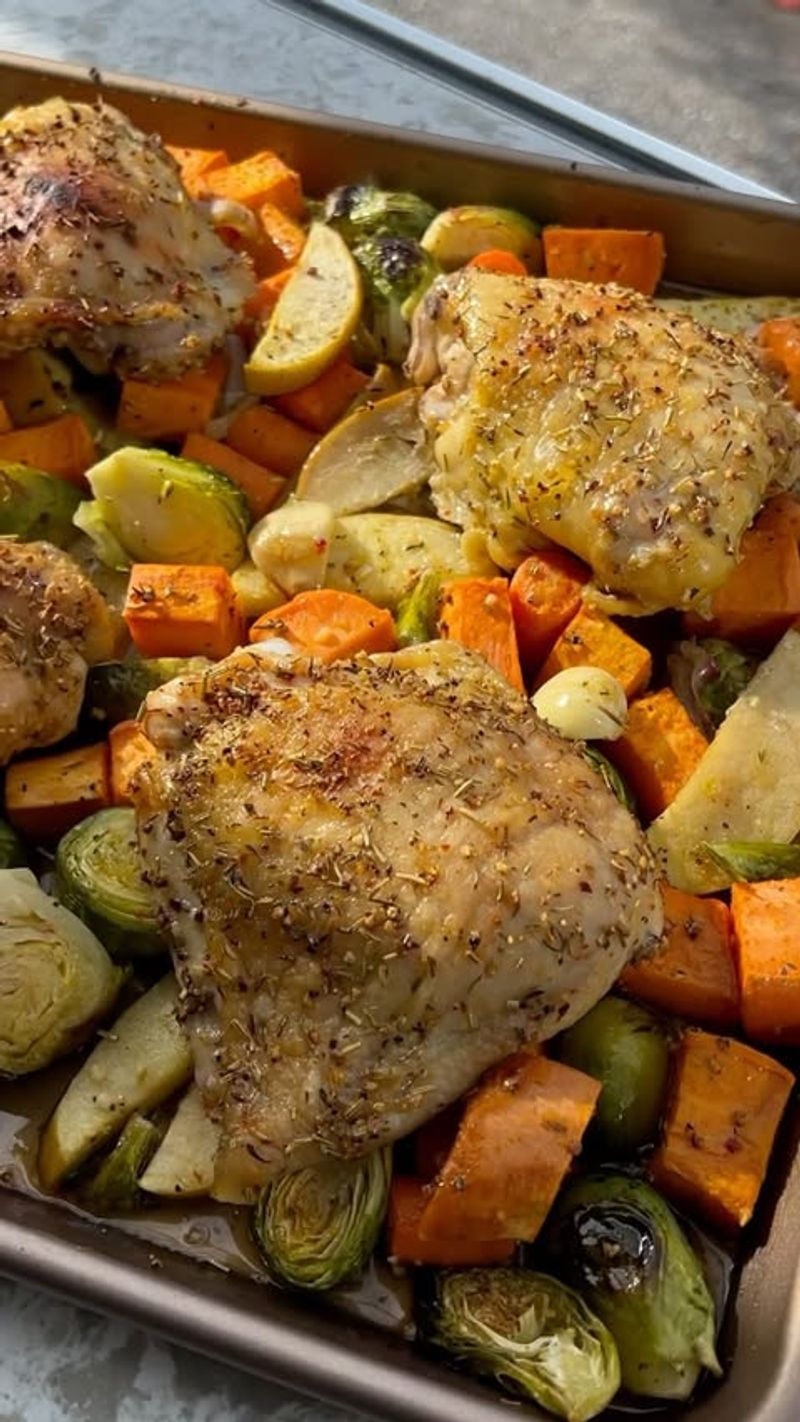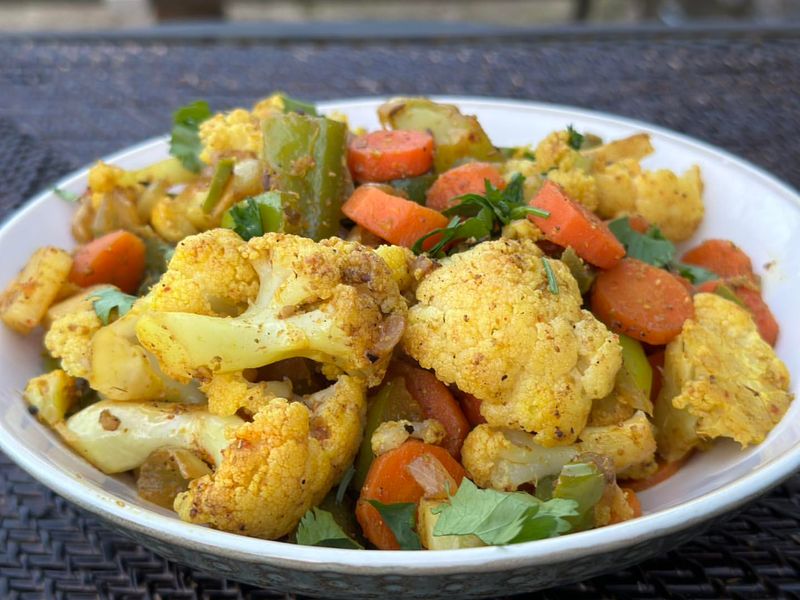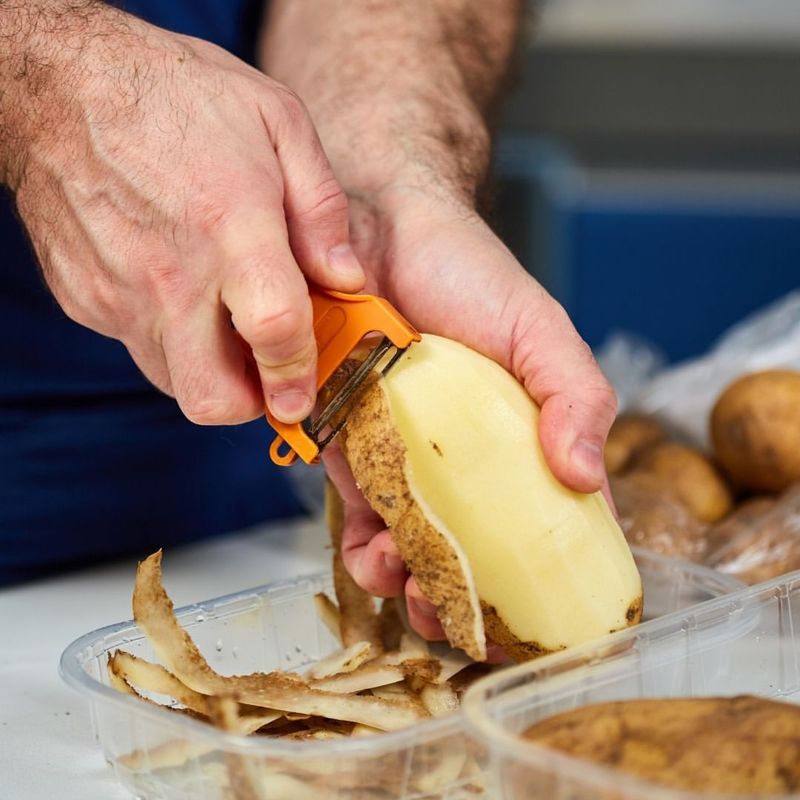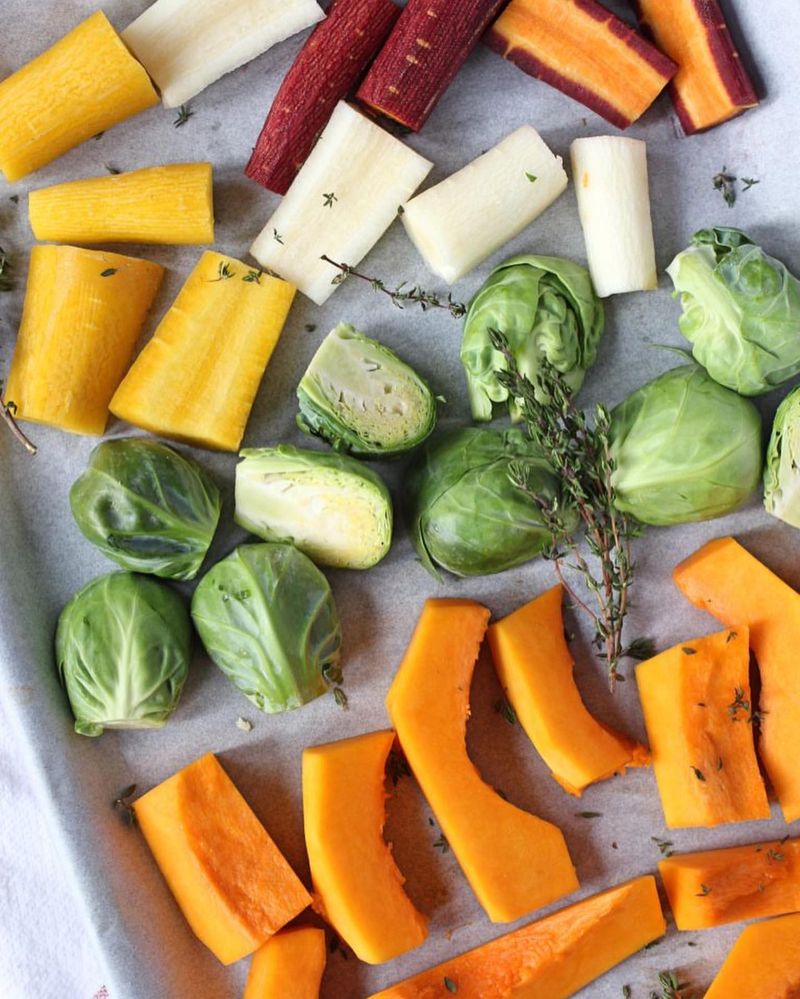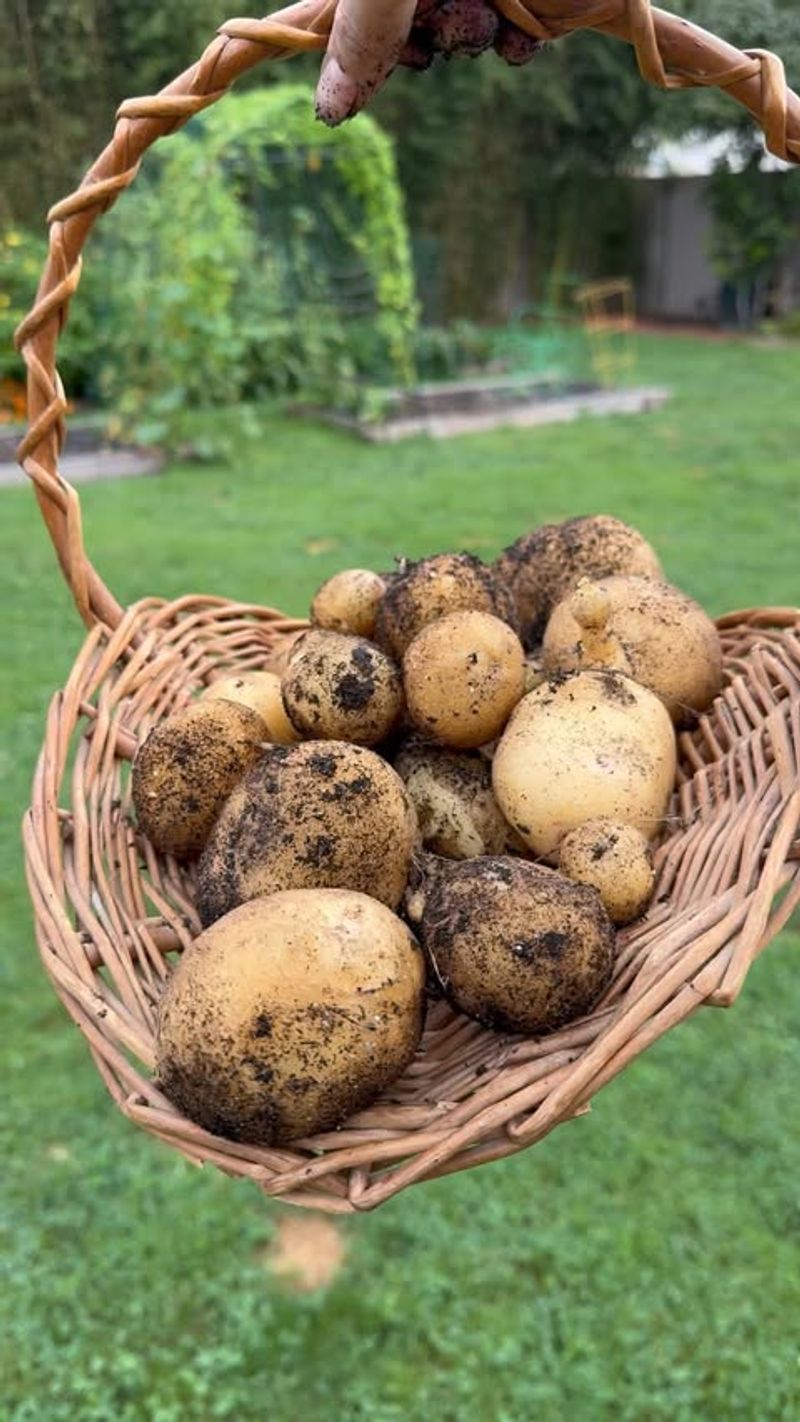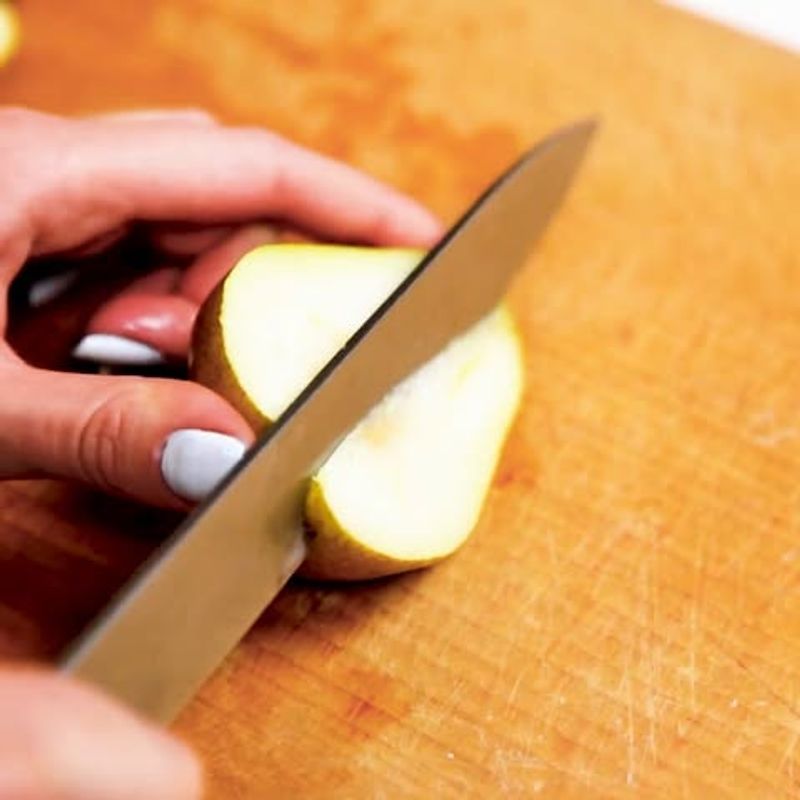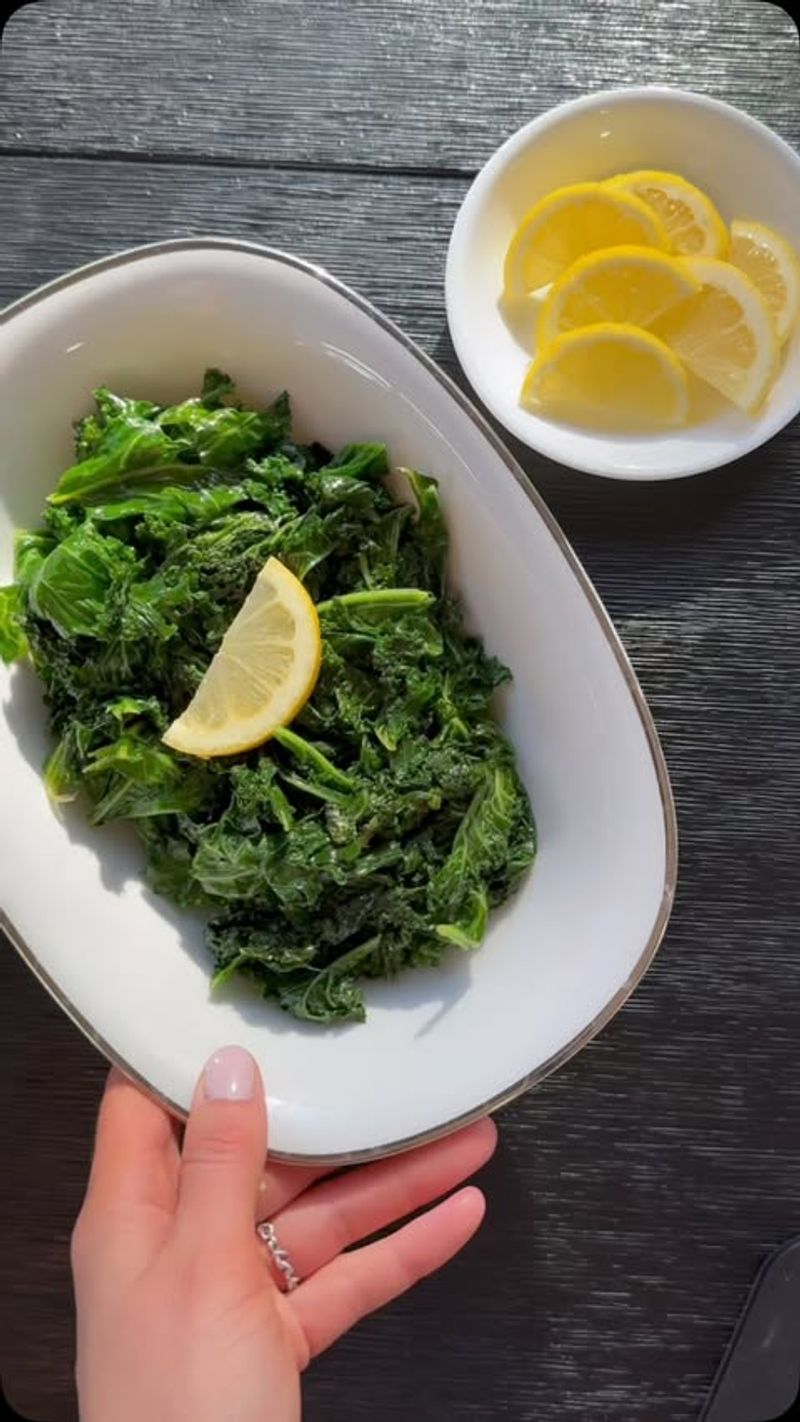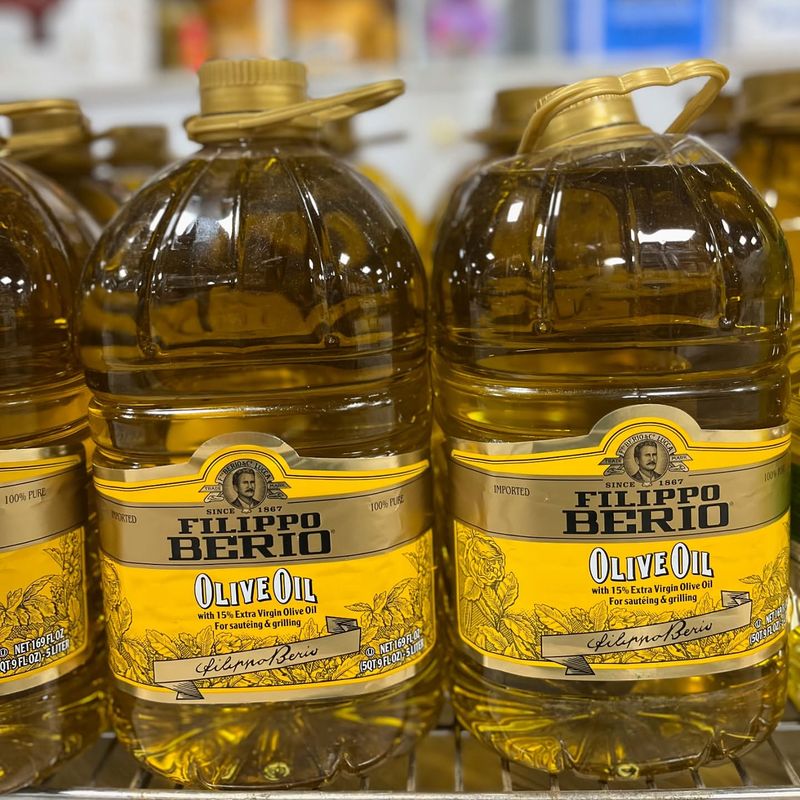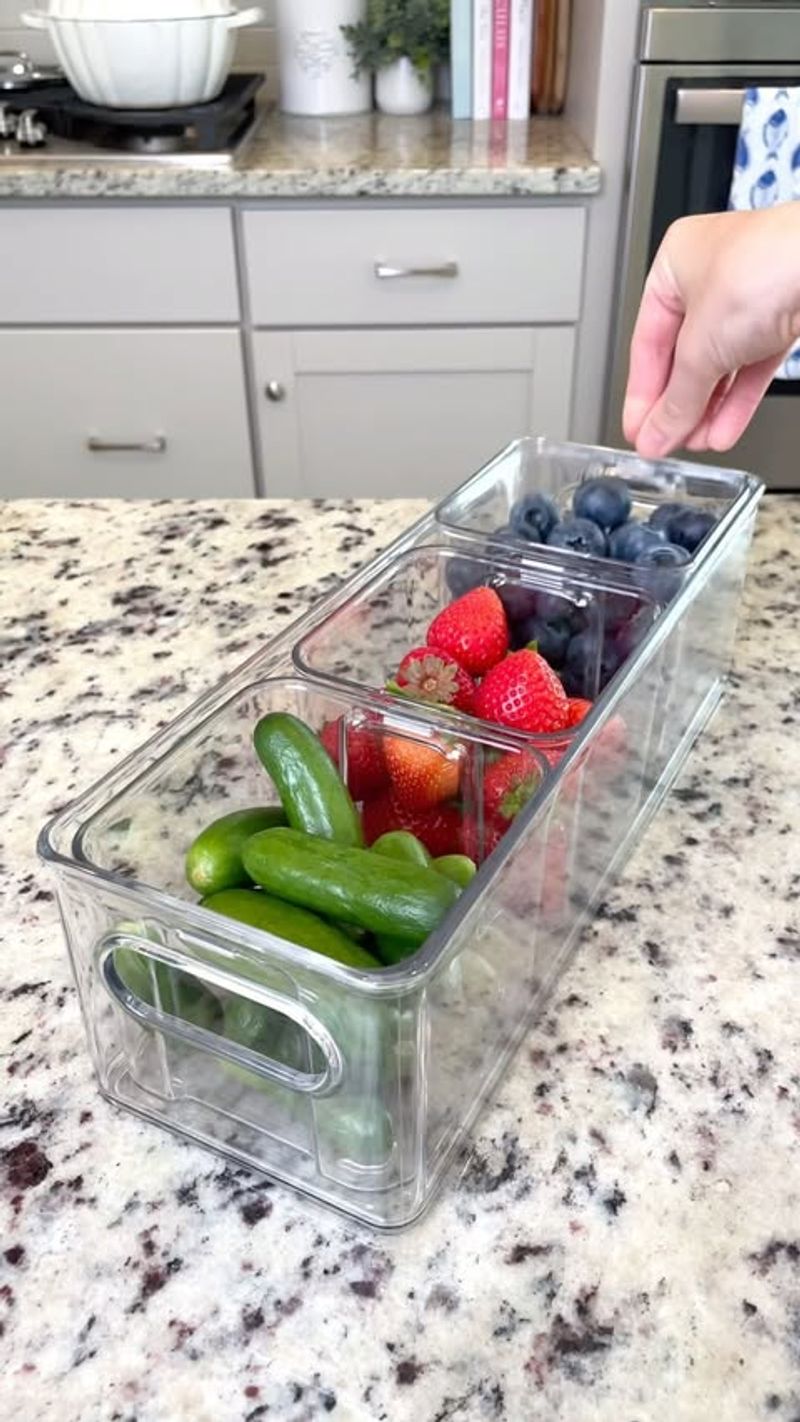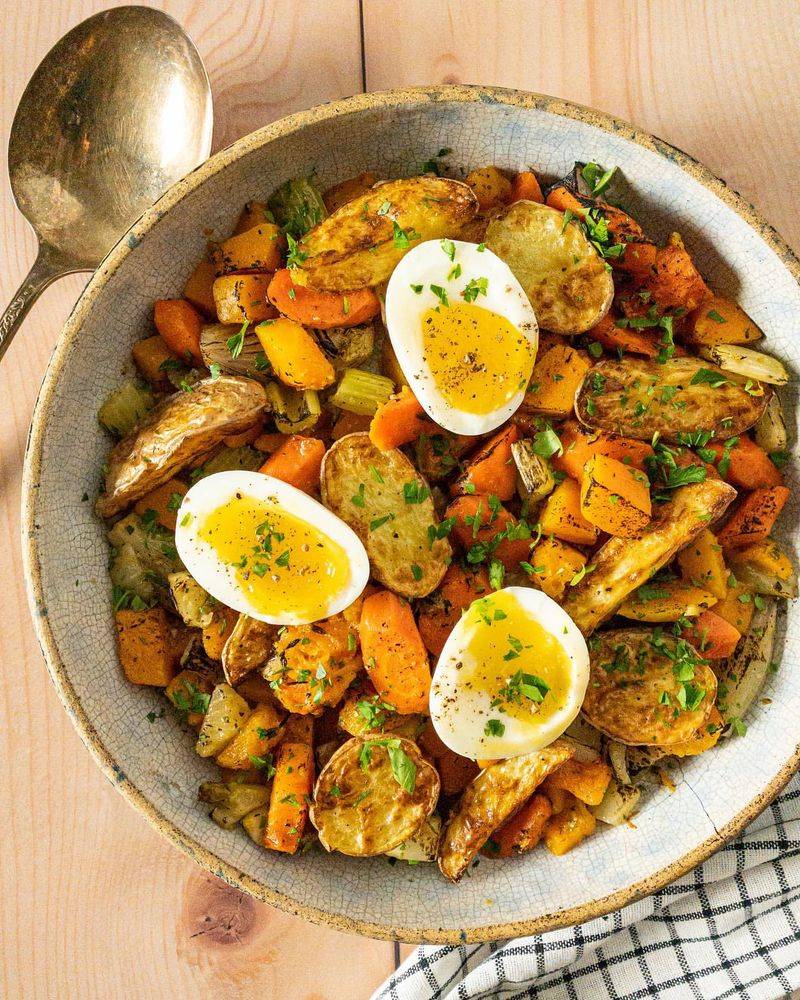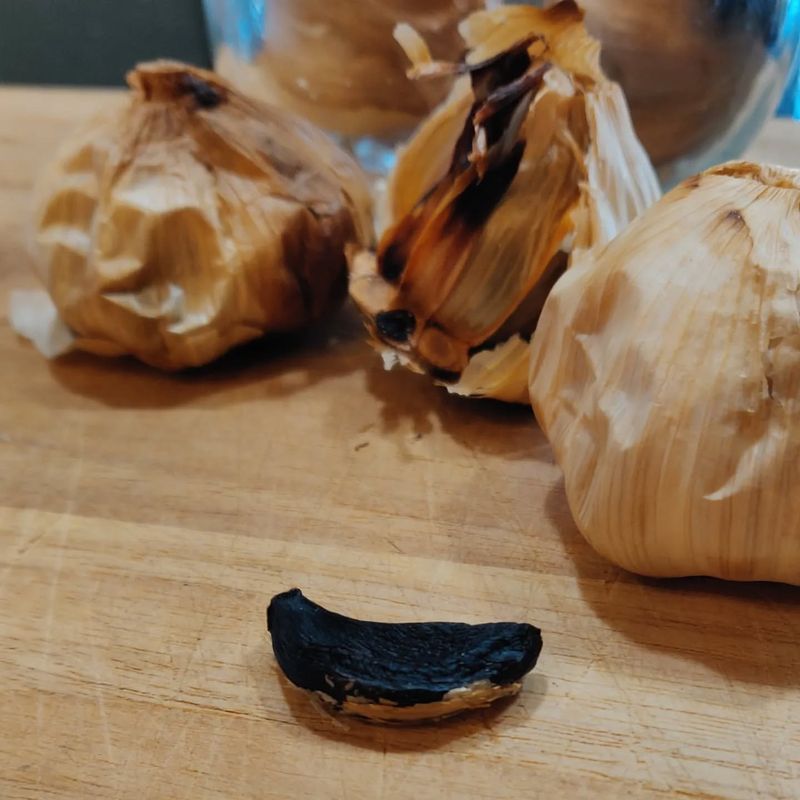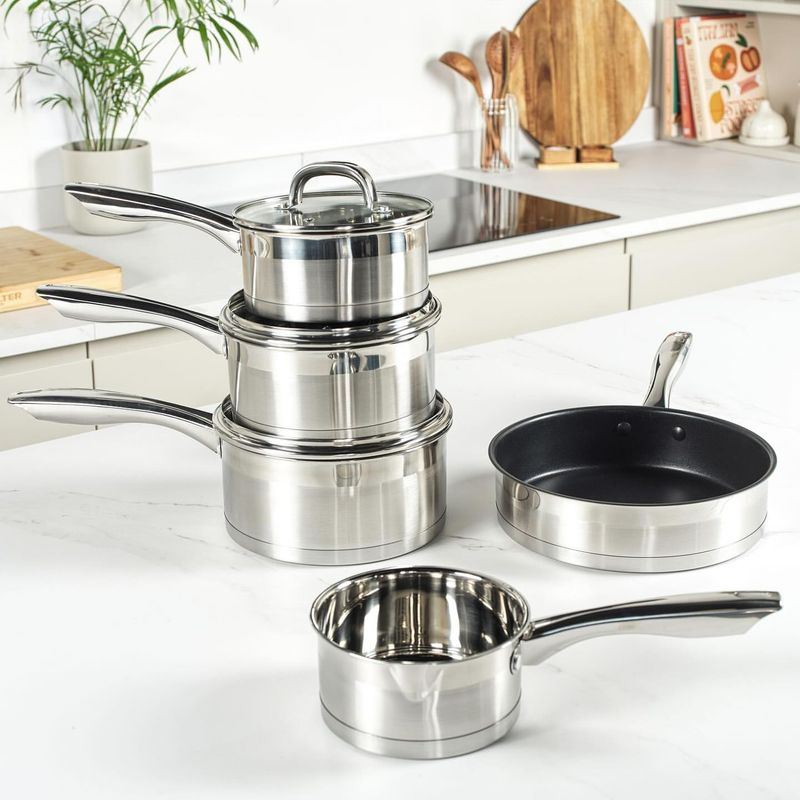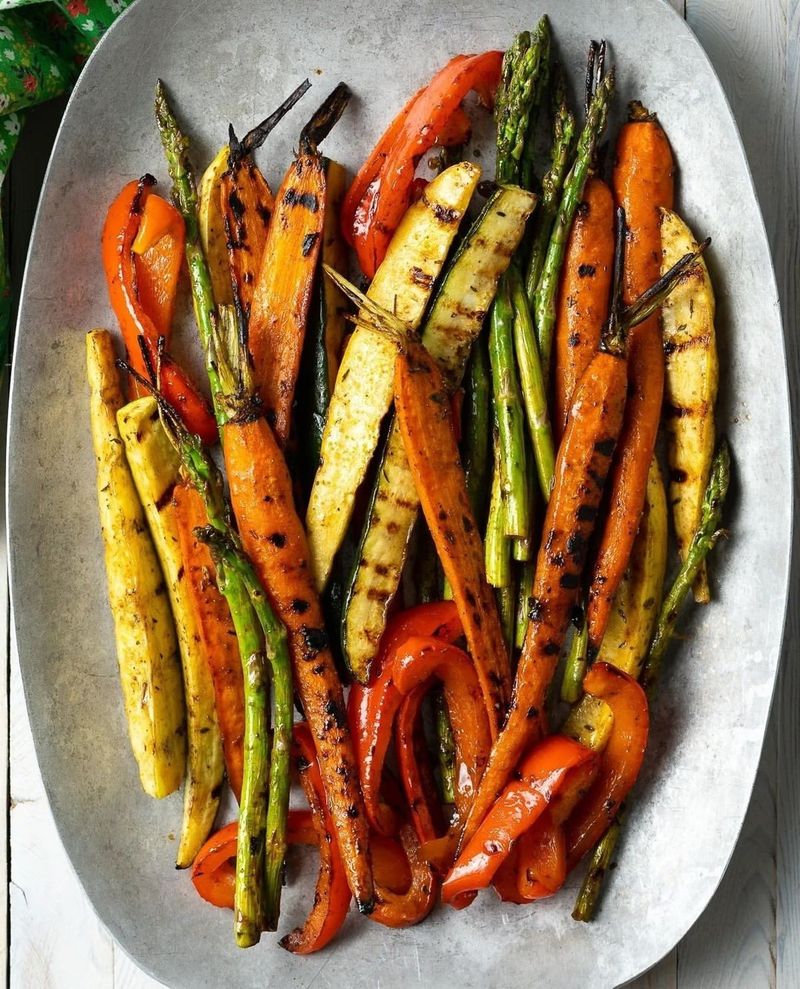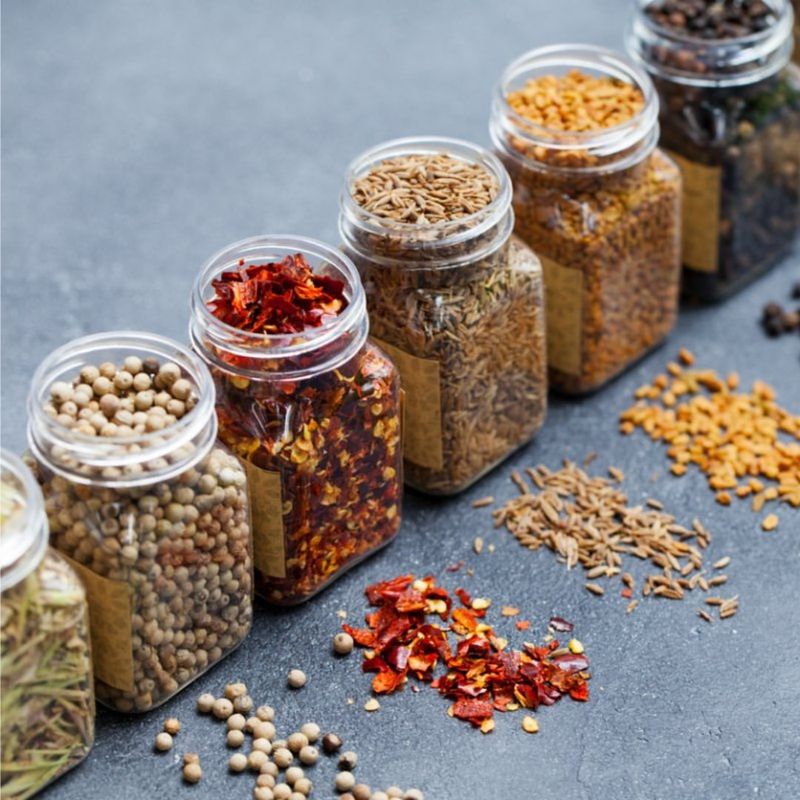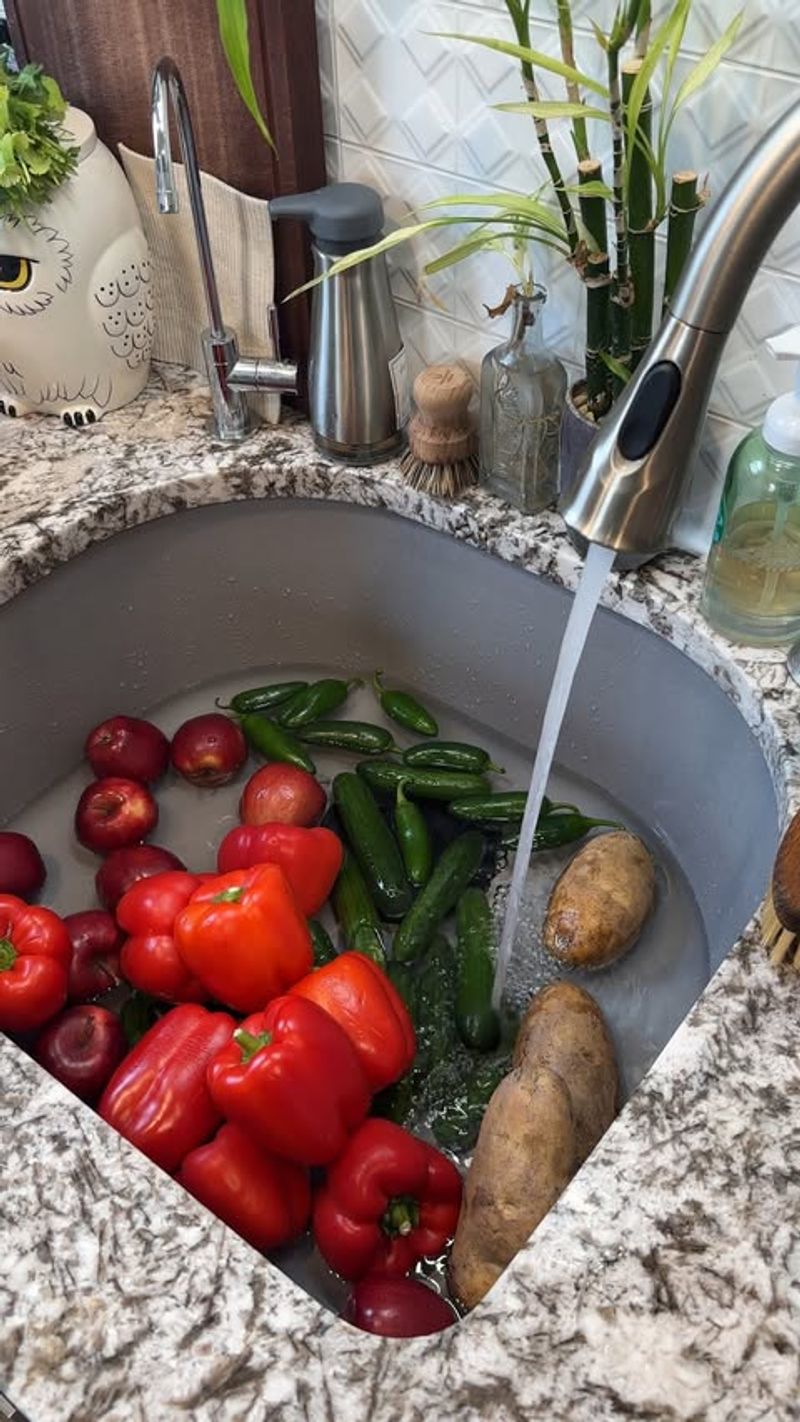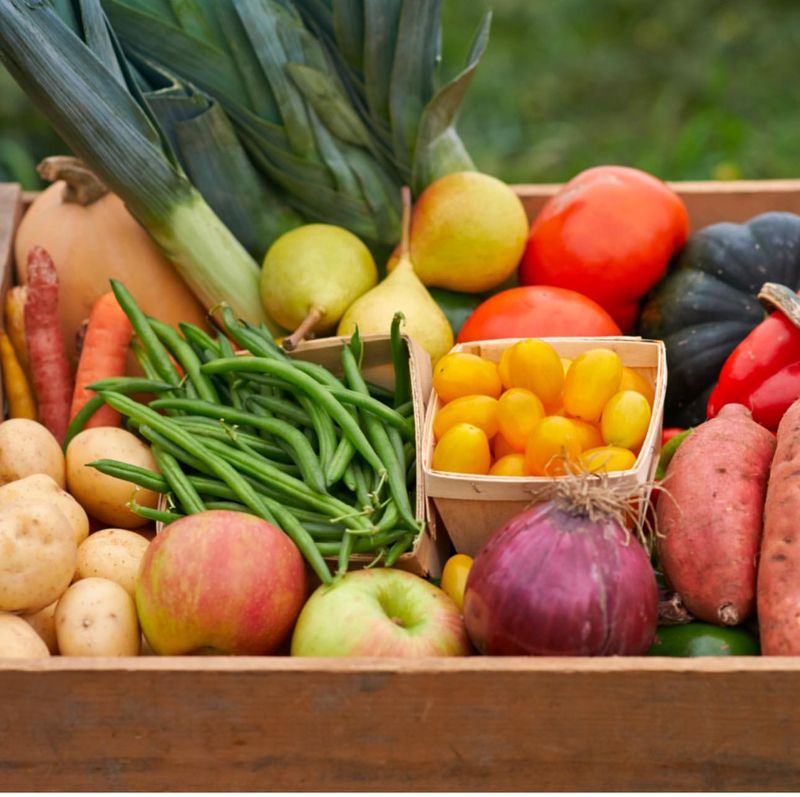Soggy, bland, or lifeless veggies? We’ve all been there. Sometimes, no matter how fresh your produce is, something goes wrong in the kitchen—leaving you with mushy broccoli or flavorless carrots.
The truth is, small mistakes can ruin your vegetables, stripping them of their taste, texture, and nutrients. But the good news? A few simple tweaks can turn things around.
From overboiling to skipping seasoning, these common errors are easy to fix. Let’s make your vegetables taste just as amazing as they should—vibrant, flavorful, and perfectly cooked every time!
1. Overboiling Vegetables
Overboiling is a common mistake that drains your veggies of flavor and nutrients. When you boil them too long, they lose their vibrant color and crisp texture. It’s like turning your fresh produce into mush.
Instead, aim for a shorter cooking time. Check them often by poking with a fork. You’ll save more flavor and nutrients this way. Keep the vegetables crisp and bright, and they will be as tasty as they are healthy.
Remember, a little crunch is good! It’s a sign your veggies still hold their nutritional value. Always set a timer and test before deciding they need more time in the pot.
2. Crowding the Pan
Crowding the pan is a surefire way to end up with steamed, not roasted, veggies. When you pile them on top of one another, steam gets trapped, and your veggies never achieve that delicious crispy edge.
To fix this, use a larger pan or cook in batches. Spread them out so each piece has space to breathe. This allows the hot air to circulate and crisp them up beautifully.
A single layer is key to evenly cooked veggies with great texture. So, next time, give them room to roast properly, and enjoy that perfect golden-brown finish.
3. Not Seasoning Enough
Skipping the salt? That’s why your roasted veggies taste flat. Seasoning is essential to bring out their natural flavors. Without it, even the freshest produce can taste bland and uninspiring.
Generously season with salt, pepper, and your favorite herbs. Each vegetable has its unique taste that can be enhanced with the right spices. Don’t be afraid to experiment with flavors like garlic, rosemary, or thyme.
Proper seasoning can transform your dish from ordinary to extraordinary. So next time, reach for those seasonings and watch your veggies come to life with flavor.
4. Cooking At Wrong Temperature
Cooking at the wrong temperature can ruin even the best veggies. Too low, and they turn soggy. Too high, and they burn before being cooked through.
Find the sweet spot for each type of vegetable. Generally, 400°F is a good starting point for roasting. Adjust according to the veggie’s density and moisture content.
Keep an oven thermometer handy to ensure accuracy. Cooking at the right temperature results in veggies that are perfectly tender inside with a delightful crisp outside.
5. Peeling All Vegetables
Think peeling is always necessary? Think again. Many veggies have edible skins rich in fiber and nutrients. Stripping them away means losing valuable nutrition.
For instance, carrot and potato skins can add texture and flavor to dishes. Just wash them thoroughly before cooking. Skins can enhance the nutritional profile and add an interesting texture.
Incorporating more of the veggie means you get more bang for your buck in taste and health benefits. So, skip the peeler once in a while and enjoy your veggies in their whole, natural glory.
6. Adding All Vegetables At Once
If you’re adding all your veggies at once, you might be ruining your stir-fry. Different vegetables have different cooking times. Adding them together leads to some being overcooked while others remain raw.
Start with the ones that take longer, like carrots or broccoli. Then add quicker-cooking veggies like bell peppers or zucchini. This staggered approach ensures each piece is done just right.
Remember, balance is key. With the right cooking order, you’ll achieve a perfect blend of textures and flavors in every bite. Your stir-fry will be a harmonious mix of properly cooked vegetables.
7. Ignoring Freshness
Freshness is paramount for delicious vegetables. Using old or wilted veggies results in lackluster flavors and poor texture. Fresh produce means more taste and nutrients.
Always check your vegetables before cooking. Look for firm textures and vibrant colors. Discard anything slimy or mushy. Fresh ingredients make a noticeable difference in your dish.
Next time, choose wisely at the market. Fresh veggies not only taste better, they also cook better. Make freshness a priority and elevate your vegetable dishes to new heights.
8. Skipping Preheat
Ever wondered why your veggies aren’t browning? Skipping the preheat might be the culprit. Starting with a cold oven means your vegetables steam before they start roasting.
Always preheat your oven to the desired temperature. This ensures that the heat is optimal from the get-go, encouraging the Maillard reaction that gives veggies their golden-brown crust.
Preheating might seem like an unnecessary step, but it’s crucial for getting the texture right. With a properly preheated oven, your vegetables will have the crunch and flavor you’ve been missing.
9. Using Dull Knives
Dull knives can make prep work a chore and affect cooking time. Uneven cuts lead to uneven cooking, with some pieces raw and others overdone.
Invest in a quality sharp knife or keep your existing ones well-maintained. This allows for precise cuts that cook evenly, ensuring each piece is done at the same time.
A sharp knife isn’t just safer; it’s a chef’s best friend. With the right tools, you’ll find cooking veggies a smoother, more enjoyable experience. Plus, your dishes will look and taste better with consistent cuts.
10. Neglecting To Dry
Not drying your veggies after washing is the reason why they end up soggy. Excess moisture leads to steaming instead of roasting or sautéing.
After washing, pat them dry with a kitchen towel. Get rid of as much water as possible. This simple step ensures they cook properly, achieving the right texture.
Dry vegetables mean crispier, more flavorful results. Don’t let a little water ruin your dish.
11. Overhandling While Cooking
Overhandling your veggies can prevent them from getting the perfect sear or roast. Constant stirring or flipping disrupts cooking.
Let them sit undisturbed for a while to develop a nice crust. Only turn or stir them when necessary. This allows each side to cook evenly and develop flavor.
Patience is key. Give your veggies time to do their thing, and you’ll be rewarded with beautifully caramelized bites. Less handling often results in more delicious, well-cooked vegetables.
12. Forgetting Acid
Forgot the acid? You might be missing out on flavor. A squeeze of lemon or a dash of vinegar can brighten up your dish and balance flavors.
Acid cuts through richness and adds a fresh note to your veggies. It’s a simple addition that can make a world of difference in taste.
Next time, finish your vegetables with a splash of acid. You’ll be surprised how it enhances the overall flavor profile. Your taste buds will thank you for this easy, impactful trick.
13. Using The Wrong Oil
Different oils have different smoke points and flavors. Using the wrong oil can affect cooking and taste. Olive oil for roasting? It’s great! But for high heat, consider avocado oil.
Understand the smoke point of oils you use. It affects how your vegetables cook and taste. High-heat methods require oils that won’t burn easily.
Choose wisely to enhance your veggies’ flavor. The right oil not only prevents burning but also complements the dish, bringing out the best.
14. Not Tasting As You Cook
Tasting as you cook allows you to adjust seasonings and fix issues before it’s too late.
Taste often and add salt, pepper, or herbs as needed. This ensures your dish is heading in the right direction flavor-wise.
Make it a habit to taste along the way. This way, your final dish will be seasoned well and delicious. Don’t leave flavor to chance. Check and adjust, and your veggies will shine.
15. Storing Improperly
Storing vegetables improperly can lead to spoilage and flavor loss. Certain veggies need specific conditions. For example, potatoes prefer a cool, dry place, while greens need moisture.
Learn the best storage methods for each type. This keeps them fresh longer, preserving taste and nutrients.
Proper storage means your veggies are ready to cook anytime, in the best possible condition. With a little knowledge, you can avoid waste and enjoy fresh, tasty produce every day.
16. Cooking Without Rest
Do you serve your veggies straight from the pan? Giving them a moment to rest can improve flavor and texture. Resting allows flavors to meld and moisture to redistribute.
Even a few minutes can make a difference. Let your veggies sit before serving to enhance their taste.
This simple step can elevate your vegetable dishes. Patience pays off, rewarding you with a more cohesive and flavorful meal.
17. Overcooking Garlic
Burnt garlic is bitter and can ruin an otherwise delicious dish. Garlic should be added later in the cooking process to prevent it from burning.
Add garlic towards the end or adjust the heat to avoid scorching. Its flavor is best when lightly sautéed until just golden.
Mind the timing and heat. Properly cooked garlic enhances your dish without overpowering it. Keep an eye on it, and your vegetables will taste better.
18. Using Only Water
Cooking veggies just in water? You’re missing out on flavor. Using broth or adding spices can elevate the taste significantly.
Infuse your cooking water with herbs, garlic, or a bay leaf. This imparts subtle flavors to your vegetables as they cook.
Take the opportunity to add depth. It’s a simple change that can transform your dish. Next time, ditch the plain water for something more flavorful.
19. Using The Wrong Pot Size
The wrong pot size can affect how your vegetables cook. Too small, and they steam instead of sautéing or boiling evenly.
Choose a pot that fits your ingredients without crowding. This ensures even cooking and better flavor distribution.
Size does matter in cooking. The right pot allows your veggies to cook properly, enhancing taste and texture.
20. Overlooking Marinades
If you’re skipping the marinade, you’re missing a chance to boost flavor. Marinades infuse vegetables with taste beyond just surface seasoning.
Let them soak in herbs, oils, or acidic liquids before cooking. This simple step enhances flavor, making your dish more vibrant.
Marinades aren’t just for meats. Vegetables benefit greatly from this added layer of flavor. Try it, and watch your veggies come alive with taste and aroma.
21. Overlooking Herbs And Spices
Enhancing vegetables with herbs and spices can make a world of difference. Many people overlook these additions, resulting in bland dishes that don’t excite the palate.
Experimenting with flavors like basil, thyme, or cumin can elevate your vegetables, making them a highlight of the meal. Don’t be afraid to try new combinations.
Seasoning is an art, and with practice, you can transform simple produce into gourmet creations that delight every taste bud.
22. Not Washing Properly
Not washing your veggies thoroughly can leave dirt and pesticides on your plate. It’s crucial for both health and taste.
Rinse under running water, and gently scrub where needed. Clean veggies taste better and are safer to eat.
Make cleaning a non-negotiable part of your prep. It’s a simple step that ensures you’re enjoying your vegetables at their best, free from unwanted residues.
23. Not Appreciating Seasonal Variations
Ignoring the seasons? You’re missing out on the best flavors. Seasonal veggies are fresher and often cheaper.
Explore what’s in season and adapt your menu. You’ll enjoy vegetables at their peak of flavor and nutrition.
Seasonal eating is rewarding and delicious. By aligning with nature’s calendar, you experience veggies as they’re meant to be savored.
24. Ignoring Presentation
Presentation matters, even with vegetables. A well-plated dish is more appealing and can enhance the dining experience.
Take a moment to arrange your veggies with care, highlighting colors and shapes. This makes the meal visually inviting.
A little effort in presentation can elevate your dish from ordinary to extraordinary. Enjoy the art of cooking and eating with beautifully presented vegetables.
25. Neglecting To Adjust For Altitude
Cooking at high altitudes? You might need to adjust temperatures and cooking times to get it right.
Boiling and baking take longer at higher altitudes. Be mindful of these differences to achieve best results.
Each location has its quirks. Understand your environment and make necessary adjustments. Your vegetables will come out perfect, regardless of altitude challenges.


